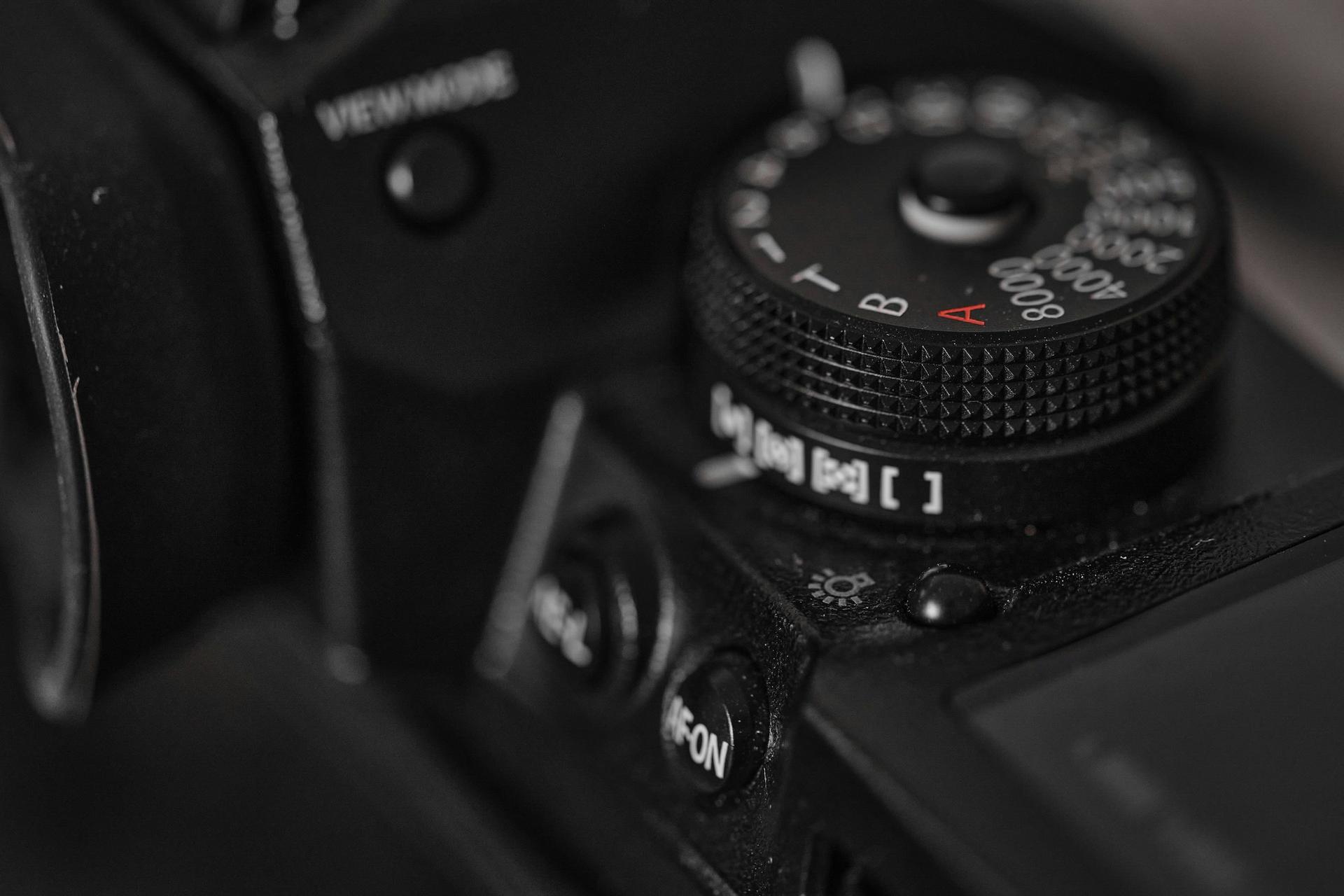
The Best Low Light Photography Tips and Techniques
Photography is often described as “painting with light,” but what happens when the light is scarce? Low-light photography presents unique challenges, but it also offers opportunities for creating dramatic, atmospheric, and visually striking images. Mastering low-light photography requires a solid understanding of your camera settings, creative techniques, and sometimes, a bit of post-processing magic. In this in-depth blog post, we’ll explore various techniques and tips to help you make the most of challenging lighting conditions.
Understanding Low-Light Photography
Low-light photography involves capturing images in environments with minimal light, such as indoors, at dusk, or at night. Common issues include:
- Noise: Increased ISO settings can lead to grainy images.
- Motion Blur: Longer shutter speeds can result in unwanted blur.
- Focus Challenges: Autofocus systems may struggle in low light.
To overcome these challenges, it’s crucial to have a good grasp of your camera’s capabilities and settings.

Camera Settings for Low-Light Photography
The three fundamental camera settings—ISO, aperture, and shutter speed—play a crucial role in low-light photography. Understanding how to balance these settings is key to capturing well-exposed images.
ISO
- Function: ISO determines the camera sensor’s sensitivity to light.
- High ISO: Increase ISO to make the sensor more sensitive to light. Be cautious, as higher ISO settings can introduce noise.
- Optimal Range: Modern cameras handle higher ISO better, but aim to stay within ISO 800-3200 for the best balance between exposure and noise.
Aperture
- Function: Aperture controls the amount of light entering the lens.
- Wide Aperture: Use a larger aperture (lower f-stop number, e.g., f/1.4 to f/2.8) to allow more light in. This also creates a shallow depth of field, which can be creatively beneficial.
- Lens Choice: Fast lenses with wide maximum apertures are ideal for low-light conditions.
Shutter Speed
- Function: Shutter speed determines how long the camera’s sensor is exposed to light.
- Longer Exposure: Use slower shutter speeds to capture more light. This can lead to motion blur, which can be creative or problematic depending on the situation.
- Stability: Use a tripod to stabilise your camera during long exposures.

Techniques for Reducing Noise
Noise is one of the biggest challenges in low-light photography. Here are some techniques to minimise it:
Optimal ISO Settings
- Start with the lowest ISO setting and gradually increase it until you achieve the desired exposure without excessive noise.
Noise Reduction Software
- Use software like Adobe Lightroom, Photoshop, or dedicated noise reduction tools like Topaz DeNoise AI to reduce noise in post-processing.
Exposure Bracketing
- Take multiple shots at different exposures and blend them in post-processing to reduce noise and enhance detail.

Focusing in Low Light
Achieving sharp focus in low light can be challenging. Here are some tips to improve your focusing accuracy:
Manual Focus
- Switch to manual focus when your camera struggles to autofocus. Use your camera’s live view mode to zoom in and fine-tune focus.
Focus Assist Tools
- Use focus peaking if your camera offers this feature, which highlights the in-focus areas of your image.
Use a Flashlight
- Temporarily illuminate your subject with a flashlight to help your camera achieve focus, then turn off the flashlight before taking the shot.
Creative Low-Light Photography Techniques
Low-light conditions offer unique opportunities for creative photography. Here are some techniques to experiment with:
Long Exposure
- Use long exposure times to capture motion, such as flowing water, star trails, or light trails from cars. A tripod is essential for this technique.
Light Painting
- Use a small light source (like a flashlight or LED) to “paint” light into your scene during a long exposure. This can create striking and surreal images.
Silhouettes
- Position your subject against a bright background (like a sunset or a city skyline) to create dramatic silhouettes.
Bokeh
- Use a wide aperture to create a shallow depth of field and achieve beautiful bokeh effects from lights in the background.

Using Artificial Light
Sometimes, natural light isn’t enough, and you need to supplement it with artificial sources.
On-Camera Flash
- Fill Flash: Use your flash as a fill light to illuminate your subject while retaining ambient light.
- Bounce Flash: Bounce the flash off a ceiling or wall to create softer, more diffused light.
Off-Camera Flash
- Creative Lighting: Position your flash off-camera to create more dynamic and three-dimensional lighting.
- Modifiers: Use softboxes, umbrellas, or diffusers to soften the light and reduce harsh shadows.
Continuous Lighting
- LED Panels: Portable LED panels can provide continuous light, making it easier to see how the light falls on your subject.
- Practical Lights: Use existing light sources like lamps, streetlights, or neon signs to add mood and atmosphere.

Post-Processing Tips
Post-processing can significantly enhance your low-light images. Here are some tips:
Adjust Exposure
- Fine-tune exposure, highlights, and shadows to balance your image and reveal details in the darker areas.
Colour Correction
- Correct any colour casts introduced by artificial light sources. Adjust white balance to achieve natural-looking colours.
Sharpening
- Apply selective sharpening to enhance details without amplifying noise. Use tools like Lightroom’s detail panel or Photoshop’s smart sharpen filter.
Noise Reduction
- Apply noise reduction selectively, focusing on the shadow areas while preserving detail in the highlights.
Low-light photography can be challenging, but with the right techniques and equipment, you can capture stunning and evocative images even in the most difficult lighting conditions. By mastering your camera settings, reducing noise, focusing accurately, experimenting with creative techniques, and utilising artificial light and post-processing effectively, you can make the most of any low-light situation. Embrace the unique opportunities that low-light environments offer, and let your creativity shine through the darkness.

One Comment
Michael Tran
Your tips on managing lighting were incredibly helpful during my last shoot. Thanks!